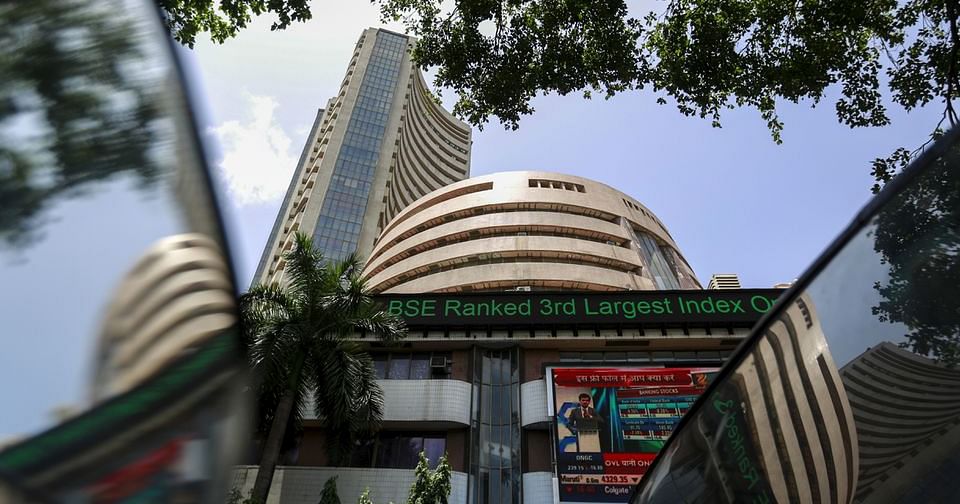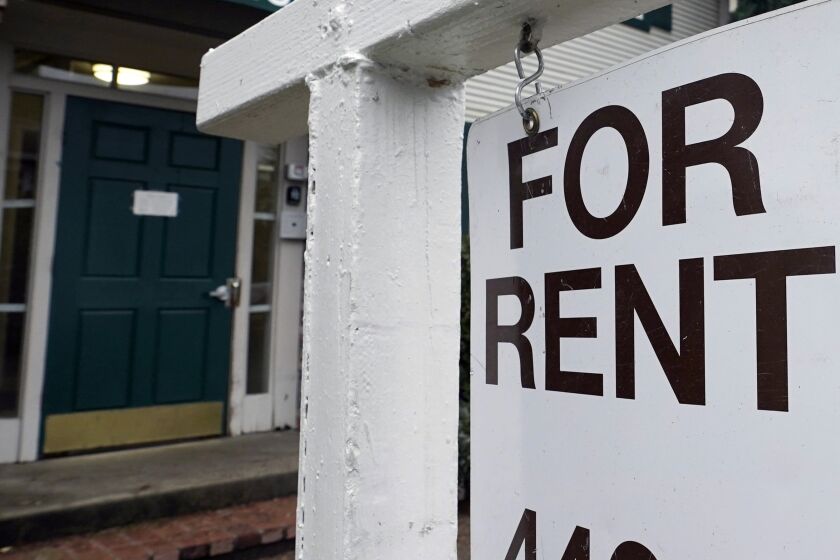CPI Inflation Comes In Hot, Keeping Fed On Guard; S&P 500 Slips
[ad_1]
The consumer price index showed firmer price pressures in January, as the annual CPI inflation rate dipped less than expected. The core CPI inflation rate, which strips out food and energy, also came in hotter than predicted. The S&P 500 was up and down initially but selling took hold in late Tuesday morning stock market action, following Monday’s rally.
X
CPI Inflation Report Hits And Misses
The CPI inflation rate eased to 6.4% from 6.5% the prior month vs. Wall Street expectations of 6.2%. The consumer price index rose 0.5% on the month, in line with forecasts but a lot hotter than muted increases of 0.1% and 0.2% the prior two months.
The core CPI rose 0.4% vs. December levels, above the 0.3% forecast. The annual core inflation rate eased to 5.6% vs. 5.7% in December and forecasts of 5.5%. The core CPI inflation rate peaked at a 40-year-high 6.6% in September.
Fed chair Jerome Powell has said that the most important category of spending for the inflation outlook is core nonhousing services, reported with the Commerce Department’s late-month personal income and outlays data. Wall Street views the CPI gauge of services less rent of shelter as a reasonably close proxy, but it has serious shortcomings.
January’s CPI showed services less rent of shelter prices rising 0.6% on the month and 7.2% from a year ago, down from 7.5% in December.
Fed Policy Impact
The CPI report doesn’t really change the outlook for Fed policy. Quarter-point rate hikes in March and May appear almost certain, as the Fed errs on the side of making monetary policy too tight. A strong January jobs report and improved global growth have put policymakers on guard against a renewed firming in price pressures, which could make high inflation become entrenched. Meanwhile, with recession looking less likely, the downside of more restrictive policy has diminished.
After the CPI report, odds of a third Fed rate hike by July rose to about 60% from just below 50% before the data.
The extent to which the Fed keeps hiking after that will depend less on the CPI than wage growth, which is key to the outlook for service-sector inflation. The good news for markets that has sparked the current S&P 500 rally attempt is that wage growth has showed a surprising deceleration.
S&P 500 Reaction To CPI Report
After the CPI report, the S&P 500 fell 0.8% in volatile morning trade. The S&P 500 rallied 1.1% on Monday, climbing back above the key 4100 level. The current rally’s upside may be limited near-term. Wednesday is expected to bring a hot retail sales report, which could fan fears that the U.S. economy has renewed momentum that will require still-higher interest rates.
The 10-year Treasury yield rose 7 basis points to 3.79% after the CPI inflation data. The 2-year Treasury yield, which is more linked to Fed decisions, leapt 10 basis points to 4.63%.
Through Monday’s close, the S&P 500 has rallied 15.7% from its bear-market closing low but remains 13.7% below its all-time closing high.
Be sure to read IBD’s The Big Picture every day to stay in sync with the market direction and what it means for your trading decisions.
CPI Report Details
Core goods prices rose 0.1%, following three straight monthly declines. That left the 12-month inflation rate at 1.4%.
Energy prices rose 2% on the month and 8.7% from a year ago.
Prices for food at home rose a more moderate 0.4% on the month, while food at home prices increased a faster 0.6% from December.
The CPI report showed used car prices falling 1.9%, while new vehicle prices rose 0.2%.
Apparel prices jumped 0.8% and are now up 3.1% from a year ago. Transportation service prices rose 0.9%. Medical care service prices fell 0.7% on the month, but that reflected a big drop in health insurance prices. Hospital service prices rose 0.5% on the month.
CPI Proxy For Core Nonhousing Services
It is possible to construct an inflation index out of the CPI that bears some relation to the core nonhousing services category highlighted by Powell.
Start with services less rent of shelter. Subtract energy services and health insurance (which is derived from last year’s health insurer profits). Then add lodging and food services. In January, the CPI proxy for core nonhousing services saw prices rise 0.5% on the month, while the 3-month annualized inflation rate held at 5.6%.
This CPI category covers just 29% of consumer outlays, while PCE core nonhousing services covers 50% of household spending. In other words, there are still huge differences. Health care is a glaring one, since it accounts for nearly 16% of PCE spending, while medical services amounts to less than 7% of CPI budgets.
The best clue to PCE health services inflation won’t come from the CPI but from Thursday’s producer price index. The PPI medical services component feeds directly into the PCE, Deutsche Bank economists wrote in a Friday note. They added that the news on health care inflation might be positive. After big PCE health price increases in January of the past two years, the scaling back of a pandemic boost to Medicare physician fees starting Jan. 1 could contribute to more mild inflation.
YOU MAY ALSO LIKE:
Stock Market Today: Eight Earnings Movers To Watch
Join IBD Live And Learn Top Chart-Reading And Trading Techniques From The Pros
[ad_2]
Source link


